Criteria for choosing hoods for the kitchen: types, performance, design
We all know that cooking processes on the kitchen associated with the formation of soot, the ingress of the smallest particles of food into the air, fat, combustion products, etc. All this forms a not very pleasant smell, and walls and kitchen ceiling suffer greatly from such exposure. To prevent such an impact, you need to actively ventilate the kitchen, but this is not always enough. Where it is better to immediately catch all the air polluting particles directly above the center of their formation - above cooking stove. Exactly for this there are hoods. At the moment, manufacturers offer them in such a wide assortment that you can not only get confused, but also get confused and make the wrong choice. That is why, before buying, you should find out the main differences between different models of hoods, their functional features and understand what you need specifically.
Types of hoods: circulation and flow
Roughly speaking, all hoods work on the principle of forced ventilation. They remove and clean the air of combustion products and particles of fat. Depending on the design, the air can undergo a thorough cleaning and return to the kitchen, or go out. From here and two main types of hoods:
- circulating purify polluted air and return it back to the room. Naturally, there is no connection with the external environment, there is no need to mount an air duct, therefore these devices are cheaper and much easier to install. In addition, such hoods are indispensable when the house is old, and its ventilation system will not be able to cope with the flow of air that will flow exhaust. Another advantage of such devices is low noise, about 35-40 dB, which is quite acceptable even for a small kitchen;

- flow hoods They work differently: they draw in air, clean them from grease and soot, and then release a little purified air into the street through a duct system. Many hoods are equipped with a coarse filter so that all fat does not accumulate on the inside of the device. Such filters must be washed periodically.. Budget models that do not have such filters should also sometimes be cleaned of dirt. Flow hoods are more productive and often have an air recirculation mode. The installation of such devices is more complicated, and it is better to think about its location in advance relative to the nearest ventilation hole, because even one corner of the duct greatly reduces the performance of the hood. That is why, in order to achieve the best functional and decorative qualities, it is best to install such a hood together with a kitchen set.
Many models can work both ways, but there are those that operate in only one mode, and this needs to be clarified in advance by deciding which device is needed in your case.
Hood performance
The performance of the hood is the main indicator that characterizes its performance. By itself, this parameter means how much air a device can let through a unit of time.Performance should be chosen depending on the area of the kitchen and some of its other features.
Simplest the calculation method is as follows. It is necessary to calculate the volume of the kitchen, multiplying its area by the height of the ceiling, and then multiply the obtained value by 12, since it is exactly so many times per hour, according to domestic sanitary rules, the air in the kitchen should change. This result is better to multiply by 1.3 - the safety factor. For example, for kitchen area of 6 m2 with a ceiling height of 2.7 m you will need a performance equal to 6 * 2.7 * 12 * 1.3 = 253 m3/hour.
If the task is to spend more accurate calculation, then from the total volume of the kitchen you can subtract the volume of all items of furniture and appliances. In addition, it must be noted that it is necessary to hang the hood at a height of 65-85 cm from cooker, and no less. If it is necessary to position the hood higher, then it is better to choose a model with greater than the required by calculations, performance.
You must also consider ventilation duct capacity in the house, which can be much lower than the required hood performance. In this case, choosing a model with higher performance is not worth it. However, if you cook not so often, then this is not critical, because high-performance hoods are useless. Those families where they cook a lot and constantly, on the contrary, should be advised to take a hood with high performance. A small margin of productivity will also be needed for those who have a very small kitchen, because in this case the concentration of food particles and soot will be much higher.
Today hoods are available with capacities ranging from 180 to 700 m3/ hour, so everyone can choose a model for their kitchen. But keep in mind that high performance is inextricably linked with loud noise, however, working at the limit of possibilities is not always necessary. Performance is also directly related to the power of the hood. For example, a power of 500 W is enough for a very high level of performance.
Hood dimensions
Hood width should be selected depending on the width of the surface of the stove: the hood should not be smaller, but better if it is even a little wider. So, for a stove with a width of 60 cm, you can choose a hood with an appropriate width, but if the kitchen area and furniture design allows, you can opt for a device with a width of 90 cm. Models with completely different parameters are on sale today: with a width of 60 cm there are a lot of hoods, with a width of 90 cm - already smaller, it is even more difficult to find a compact model with a width of 50 cm.
Once again about mounting height. If you have an electric stove installed, the hood can be installed at a height of at least 65 cm, for gas stoves this distance increases to 75 cm. Otherwise, the hood will be very hot, and the particles of fat accumulated on the walls may ignite.
Type of hood design
Depending on the design features, the attachment points and the shape of the hood are divided into several groups:
- traditional
- built-in;
- domed.
Traditional hoods
The easiest option and usually the cheapest. Such models are attached to the wall above the stove. Most work in air recirculation mode, but there are flow hoods. In the latter case, it is necessary to connect them with a corrugated hose to the ventilation duct, which does not give the style to the kitchen. That is why they try to hide such a hose behind the kitchen cabinets. Circulation hoods of this type have a lower price, but remember that you will have to spend money on filters.
Built-in hoods
it more functional option, which is not striking and in no way is able to spoil the interior. Mount this hood over the stove in a hanging cabinet. Many models are equipped retractable panel, with which you can increase the surface of the hood and, accordingly, increase its performance. In terms of price, such hoods are not much more expensive than traditional ones, so it is better to give preference to this option, especially if you buy a device with kitchen furniture.
Separately, it is worth noting those built-in hoods, which are mounted on the countertop, and the intake part of them, as a rule, is retractable. Such models are not cheap and, moreover, take up useful area in the working area of the kitchen, which is critical for small rooms. For spacious kitchens, this is not such a minus, because models have a significant advantage - a bold design that does not spoil, but decorates any kitchen. Moreover, such devices are able to catch all the contamination before they even go up.
Dome hoods
Such models are able to more effectively capture all contaminants. They can be of such types:
- mantelpieces;
- island
- angular.
Fireplace hoods They got the name due to their shape resembling an exhaust system of a fireplace. They are quite large, often have an intricate design, and often it is the design, and not the technical parameters, that increases the price of a particular model.
Island hood can be mounted in absolutely any part of the kitchen, not necessarily against the wall. It is mounted using a ceiling mount and will be an ideal option for a spacious kitchen, where the work area is located in the center of the kitchen, for example, on the island. The price of such models is not democratic, but in terms of performance and design, they are one of the best.
Corner hood differs in the shape of the case, which allows you to install it in the corner of the kitchen. Such models are ideal when the room does not have a large area, and there are no worthy alternatives. Hoods of this type normally cope with their tasks, but are presented in a small assortment.
Hood filters
Depending on in what modes the hood can work, it will be equipped with certain filters. It is worth noting that the simplest and cheapest models do not have filters at all, and in them fat and other impurities settle on the motor and other parts of the device, gradually rendering them unusable. Even regular washing is often not able to prevent such a development of events.
So, filters for hoods can be like this:
- coarse filtersthat trap particles of fat. These are metal grids designed for multiple use. They need to be removed periodically, rinse and install back. Such filters protect the motor from the deposition of fat on it;

- additional filters in the form of a mesh made of synthetic material are also used in flow hoods. They improve the air purification process, but they need to be changed periodically so as not to impair the operation of the hood;
- carbon filters relate to fine filters and are necessary for hoods operating in a circulating mode. They neutralize odors very well, but need regular replacement.
In advanced models of hoods provided signaling the need to replace or clean the filter in the form of light indication. In models, a different notification method is used more simply: certain symbols simply disappear on the filters, which symbolizes the need to carry out cleaning or replacement. In the simplest versions of hoods, there is no such indication.
Control method
Hoods today can managed in three different ways:
- using ordinary physical buttons that are pressed;
- using slider buttons that shift to the side;
- using the touchpad.
Each of these management methods has its own strengths and weaknesses, and you should focus on your own preferences and tastes.
Hoods with buttons that snap or slide, Are the easiest to handle.In such models, one button is responsible for turning on the hood and switching operating modes, as well as for turning the lights on and off. Such devices have fewer vulnerabilities, since there is no display and additional features, they are easier to manage and cheaper. On the other hand, the lack of additional functions can be called a minus, because this limits the functionality of the device.
Touch control provides for a small display, which displays all the information on the operation of the hood at the moment. Management is carried out by touching the sensors. In such hoods, as a rule, there is a timer function, automatic mode switching, auto power off. Sometimes such devices themselves can change the operating mode depending on the temperature and humidity measured by the built-in sensors, and smoke detectors automatically activate the hood operation when smoke is caught.
Additional functions
It will be logical to consider all possible additional functionswhich can be equipped with a hood. So, among them:
- residual fan strokewhen even after turning off the hood it works for another 10-15 minutes to completely clean the air of combustion products, of odor and particles of fat;
- range hood activation allows it to turn on once every few hours for 5-10 minutes, even if you are not cooking anything at the moment or are not at all in the kitchen. This is necessary to ensure continuous air purification and the influx of fresh air into the room;
- timer allows you to configure how long the hood will turn off;
- intensive mode complements all present operating speeds, which can be from 1 to 15. It can be activated when there is a strong smell in the kitchen, for example, something is burnt. This function in some models can be activated independently;

- recessed lighting is in almost every range hood. It can be a great addition to an existing one. kitchen lighting system. Such built-in lamps are able to illuminate the area above the stove very decently. The number of lamps, as well as their type, may vary. So, incandescent lamps, halogen lamps or LEDs can be used. In the most advanced models lighting brightness can be adjusted in a wide range. And some models are capable of change the focus of light: only illuminate the hob or create diffused light in a specific part of the kitchen;
- remote control not all models are supported. The easiest option is to use the remote control. More modern - using a smartphone or tablet with the application installed. Thus, you can change any settings, monitor the operation of the hood from anywhere, and even receive notifications about the need to replace the filter or about increased smoke in the kitchen.

How much all these additional functions are needed is for everyone to decide, but if you doubt that you will use any of them, it is better to give preference to a model with the minimum necessary set of features. As for the built-in lighting, it is really convenient, but the vast majority of cooker hoods are equipped with a similar function.
Noise level
When operating the exhaust fans, a certain noise level is created. If the kitchen is combined with the living room, it is better to pay attention to the most quiet models with noise levels up to 35-45 dB. But even if the kitchen is a separate room, then all the same the noise should not exceed 50 dB, otherwise it will be impossible to be there during the operation of the hood.
Manufacturers today found many ways to reduce exhaust noise. So, they mount not one, but several fans: along with an increase in productivity, noise level, because you need to do fewer revolutions.There are also models that can be called generally silent, because the motor in them is removed from the kitchen and is installed at the outlet of the ventilation duct. In addition, there are models that use anti-vibration gasket, which separates the housing from the motor.
Body material
To create the hood housing, manufacturers use different materials: plastic, stainless steel, aluminum, glass. Plastic is the cheapest option, but over time this material may turn yellow. The most optimal ratio of price and quality is aluminum. Fingerprints do not remain on it, it does not lend itself to corrosion and is easy to care for. Stainless steel and glass also perform well in terms of operation, but need constant care, albeit simple.
In conclusion
A cooker hood is an integral element of a kitchen where you cook something at least more or less regularly, and you can’t do without it even where you love home cooking. A huge assortment allows you to choose a device for any kitchen: a variety of models, functions, design will allow you to find the best option in each case.



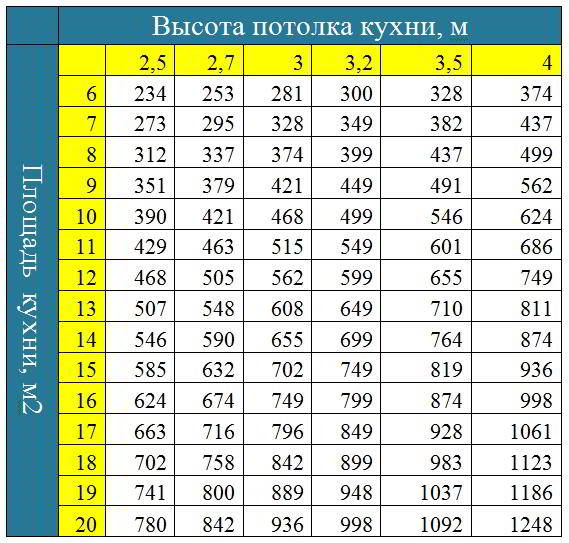
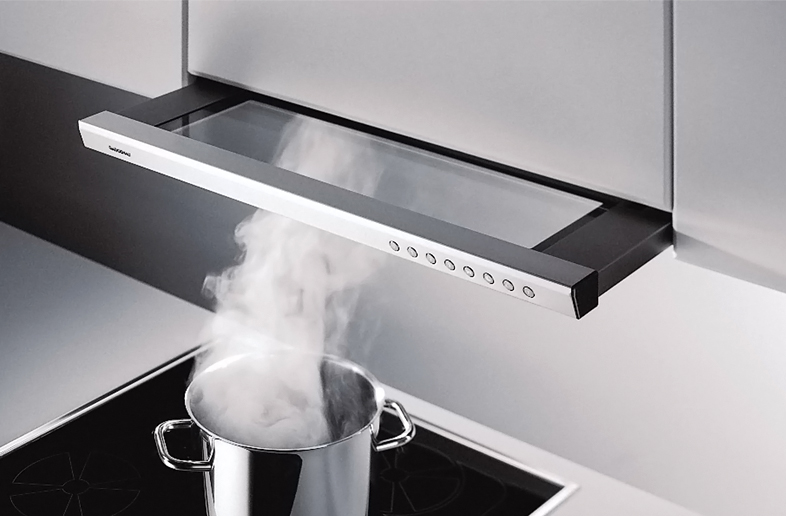
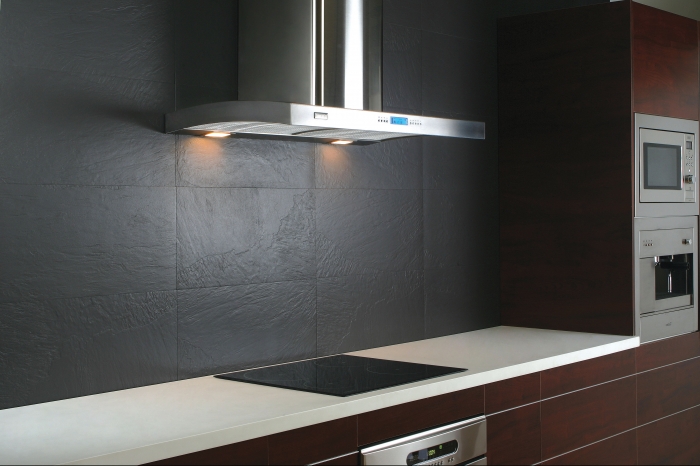
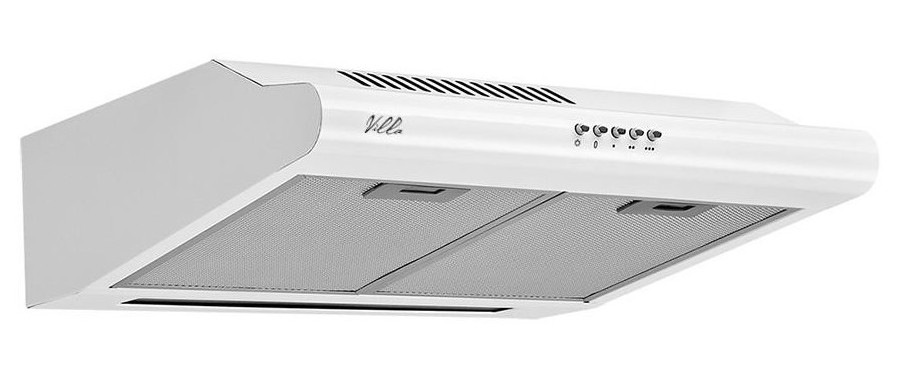


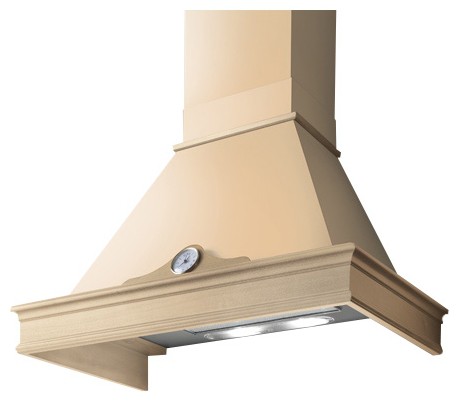
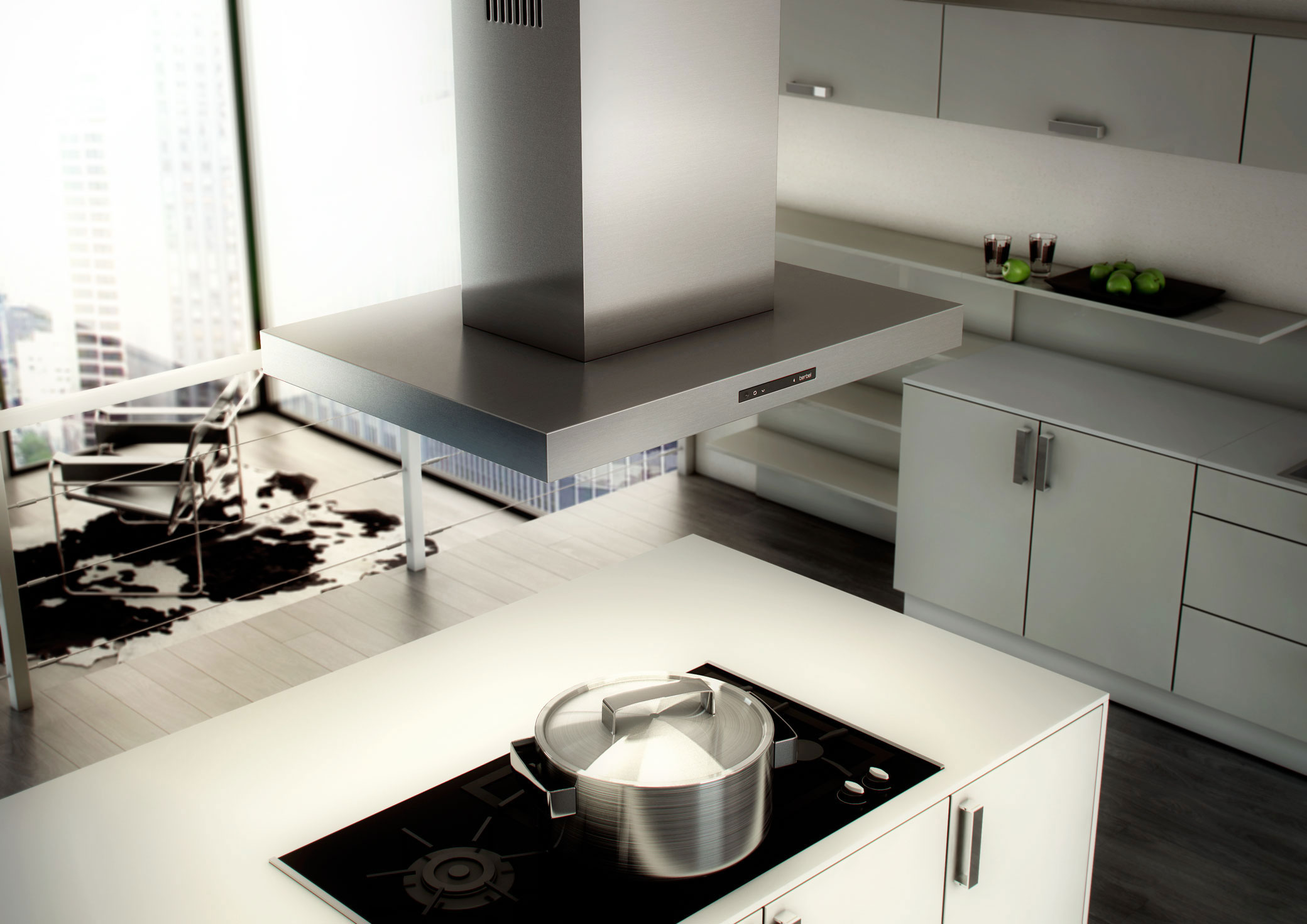
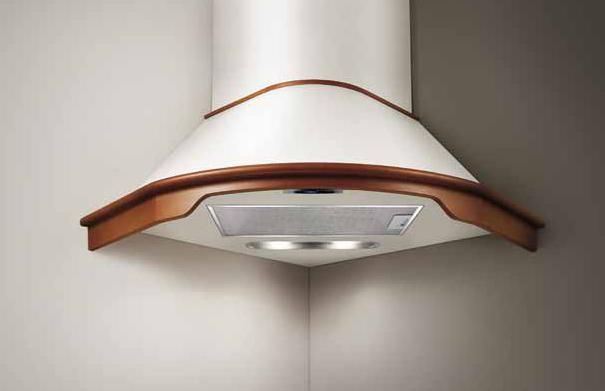
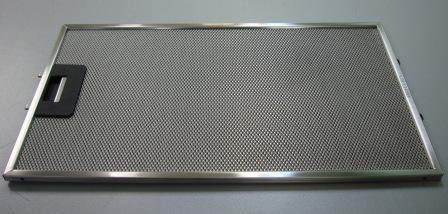
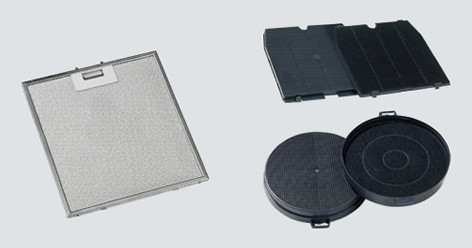
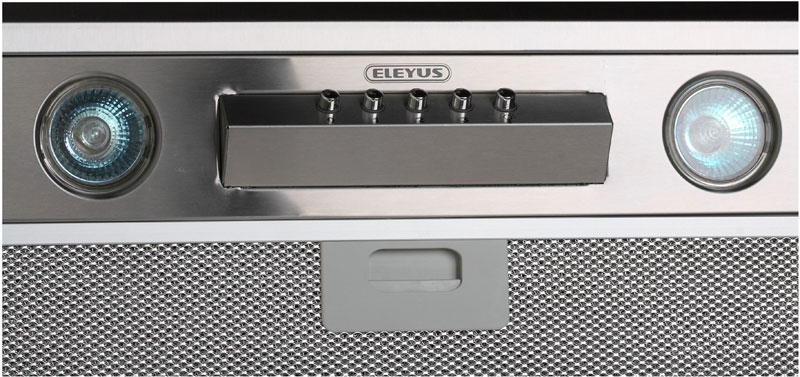
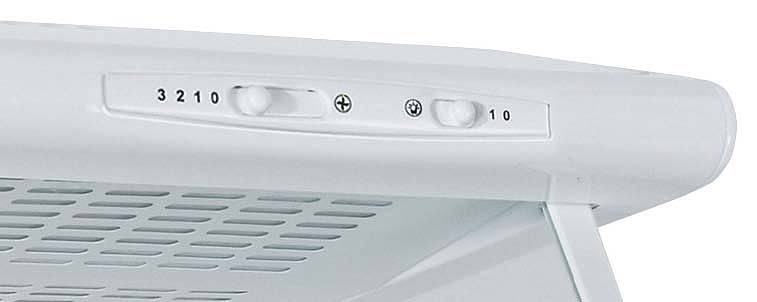
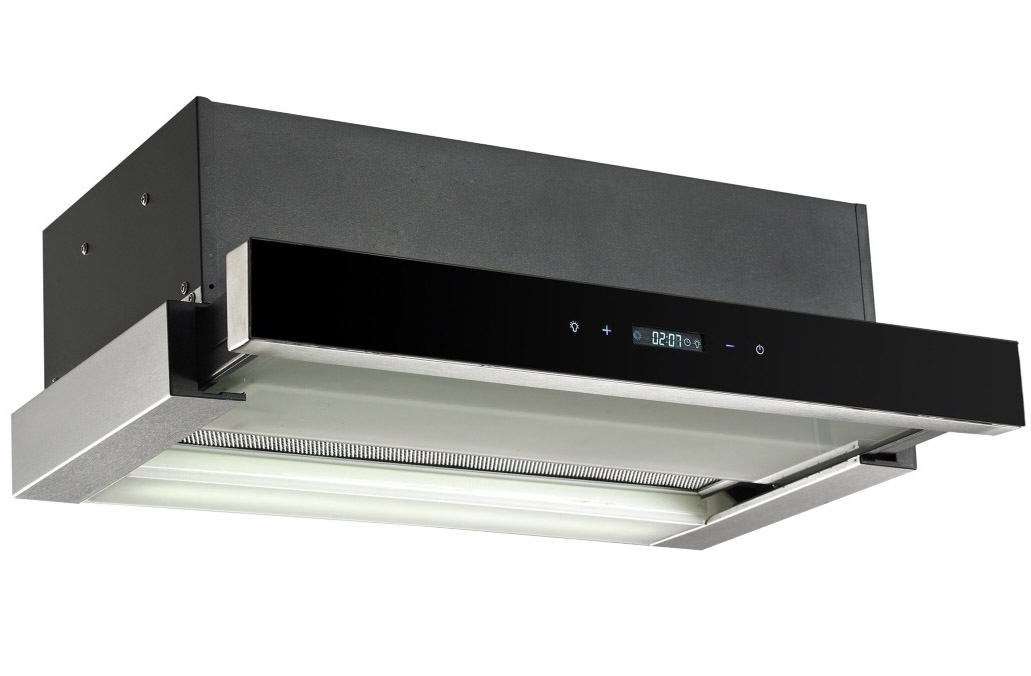

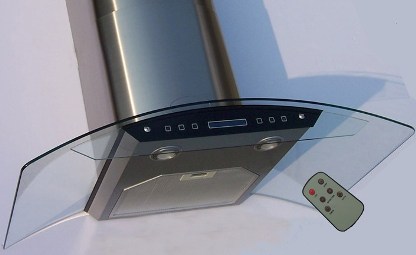
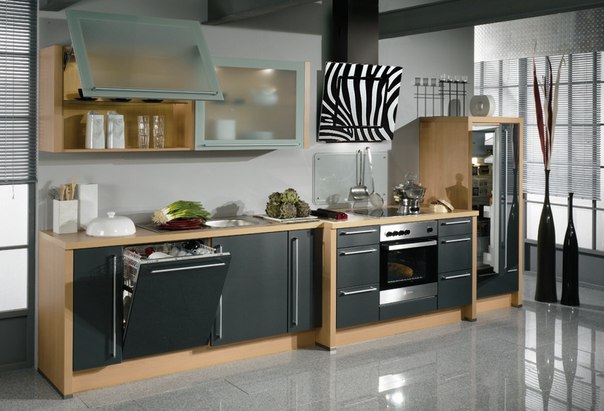
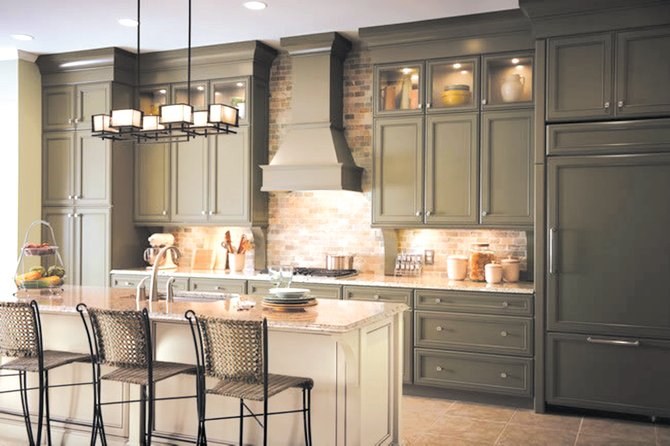
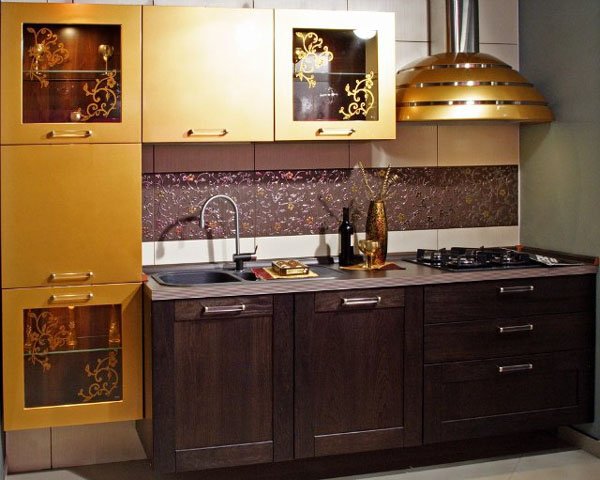
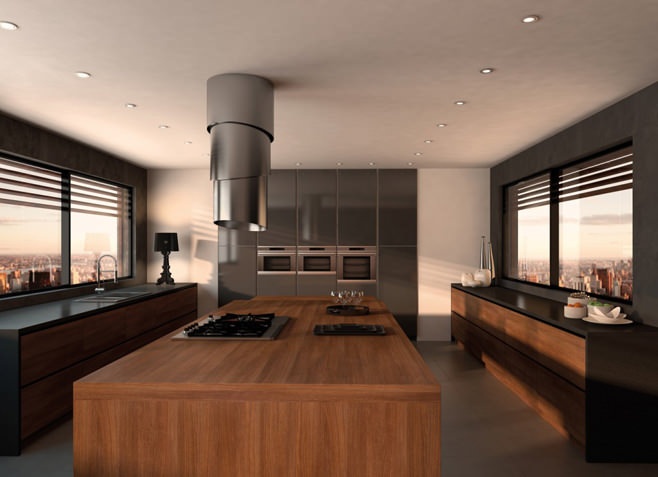

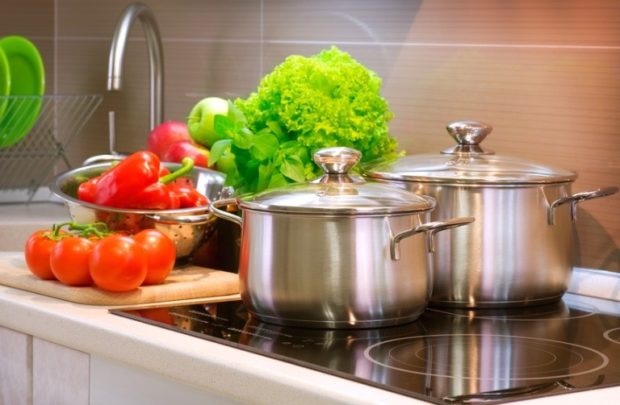

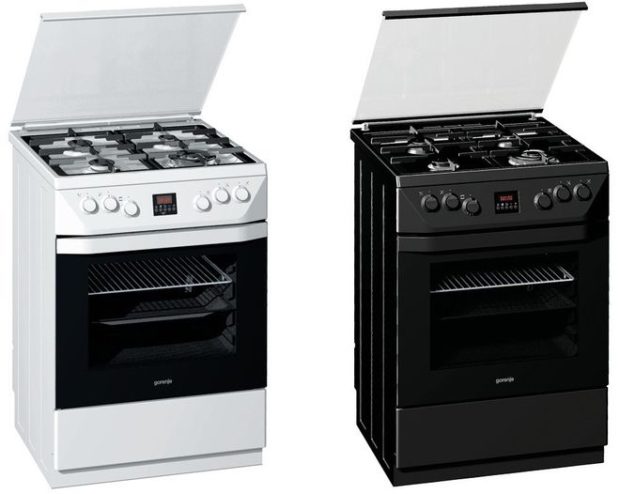
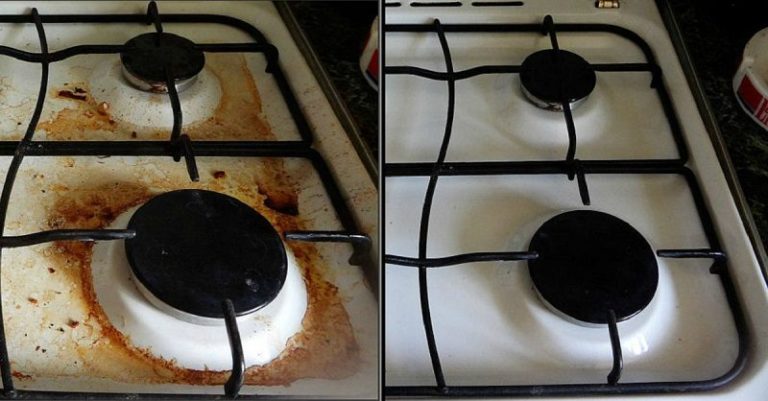
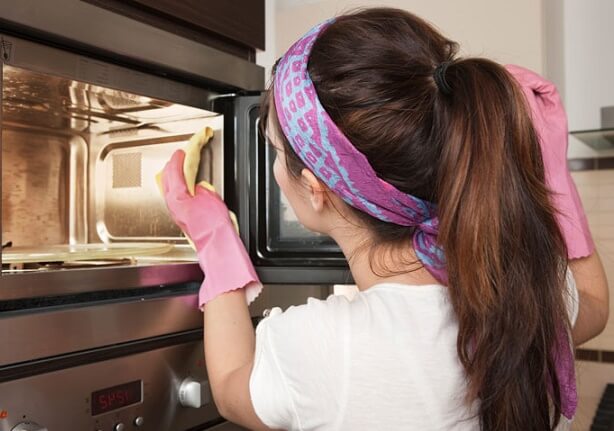
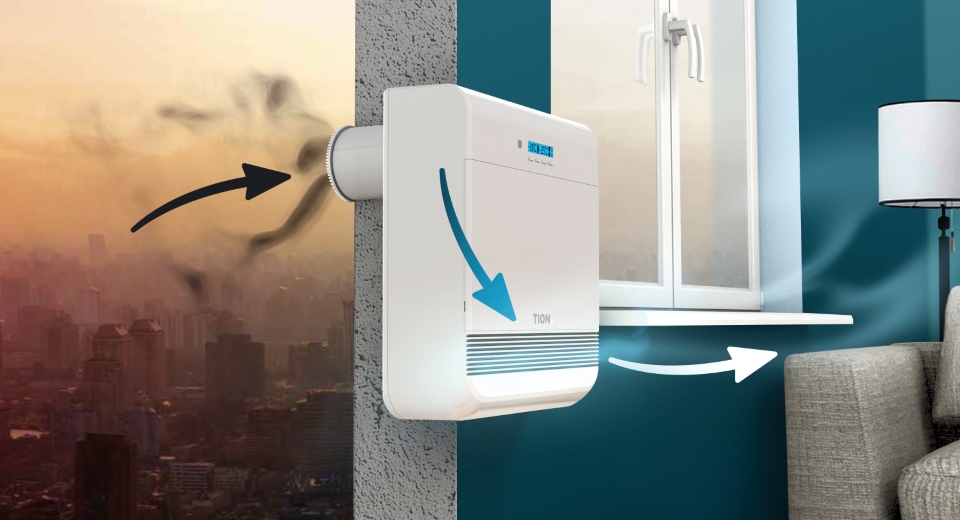
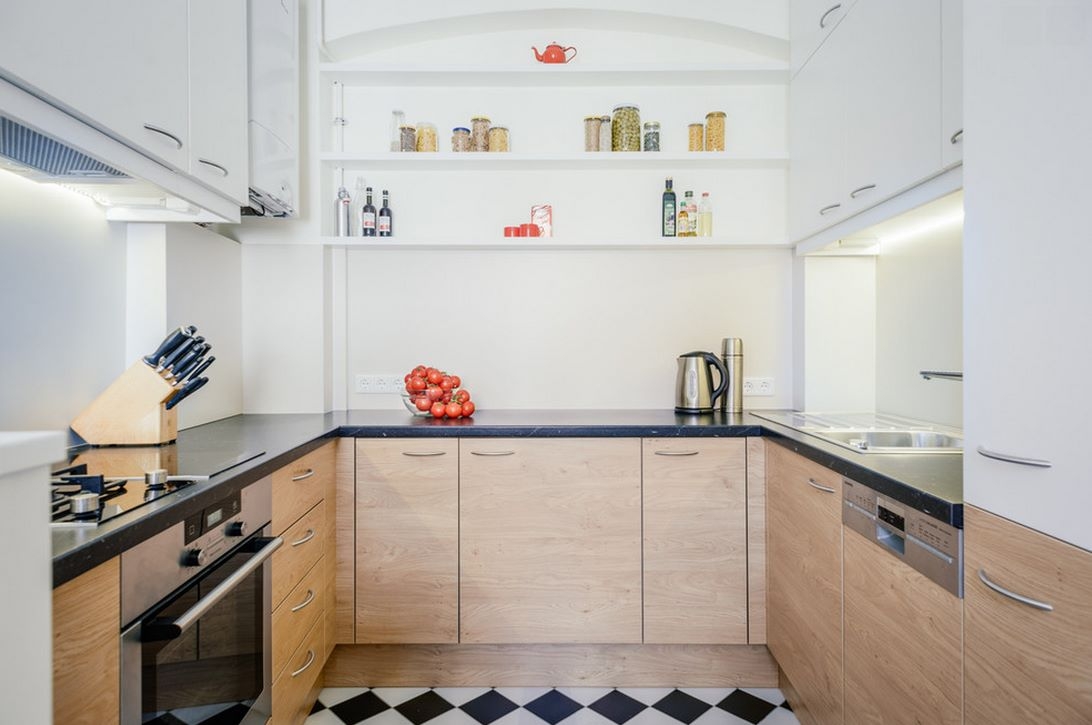
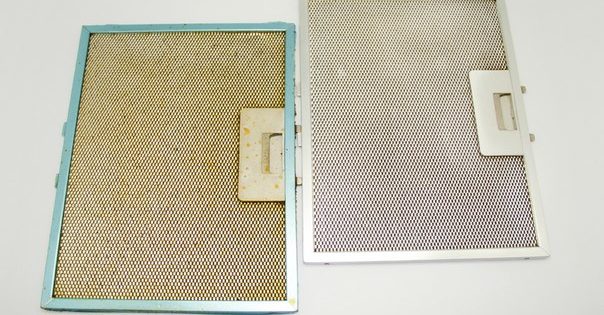

Kitchen 10kV, to the ventilation shaft 5 meters from the stove, with what performance is it better to choose a hood?